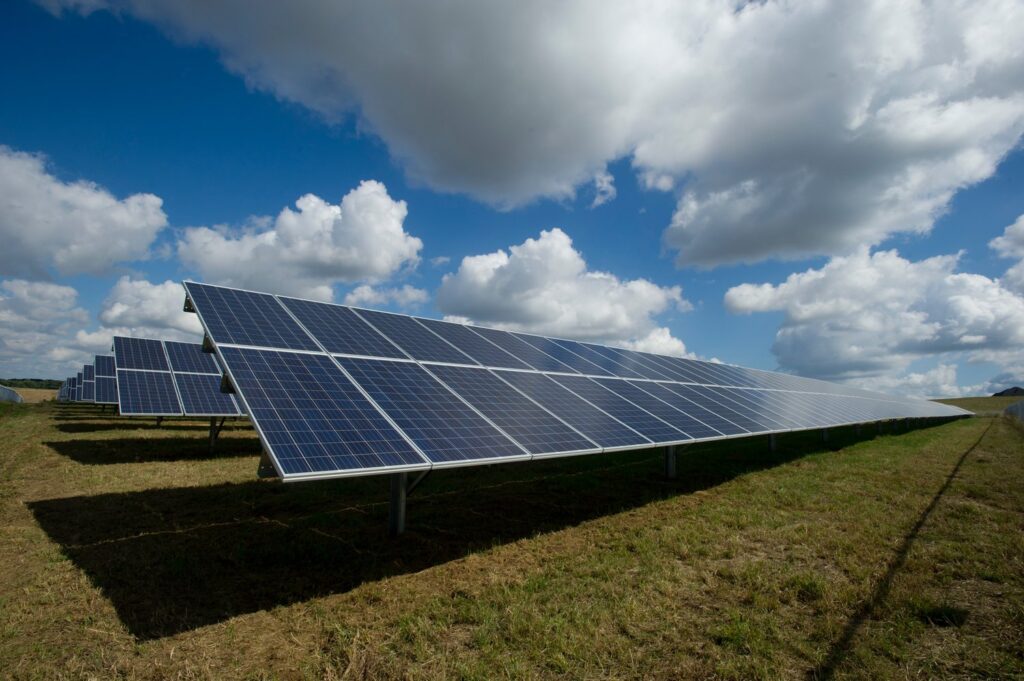U.S. Poised for Significant Growth in Electricity Demand Amid Economic Expansion
Forecasts suggest that the United States is on the brink of a substantial increase in electricity consumption, driven largely by President Trump’s ambitious economic initiatives. By 2029, an additional 128 gigawatts of power capacity will be necessary to meet summer peak demands, with data centers expected to contribute significantly to this surge, accounting for up to 90 gigawatts by 2030.
Ensuring sufficient power supply without impacting American households is crucial, especially as electricity costs could become a pivotal issue in upcoming election cycles. A multifaceted approach to power generation is essential, emphasizing speed, adaptability, and practicality.
The challenge lies in that few conventional power generation methods can swiftly meet the growing demand. New gas-fired plants face a lengthy development timeline, potentially taking five years or more, with costs doubling from previous years due to turbine shortages. Large-scale nuclear facilities are over a decade away, while smaller modular reactors are not expected to operate at a significant scale before 2035.
To tackle these immediate needs, utility-scale solar power emerges as a viable solution. In 2024, the U.S. installed approximately 32 gigawatts of solar capacity, equivalent to the output of 32 nuclear reactors in just one year. Solar power’s decentralized nature allows it to be deployed near data centers, circumventing transmission limitations.
Industry leaders such as NextEra advocate for a pragmatic approach, recognizing the role of renewable energy sources like solar and battery storage in meeting demand effectively. They argue for an electricity strategy that leverages the strengths of various technologies to complement each other.
Importantly, expanding power capacity should avoid increasing reliance on foreign supply chains, particularly from China, whose subsidized solar industry dominates the global market. Emphasizing domestic manufacturing, the U.S. aims to secure its strategic supply chains while boosting job creation and national security.
American solar manufacturing is witnessing significant growth. Upcoming facilities, including one in Louisiana, will boost production capabilities significantly. These factories are projected to produce 14 gigawatts of solar panels annually, supporting 30,000 jobs and contributing $2.8 billion in payroll income, all while reducing dependency on Chinese imports.
Solar energy, being both cost-effective and readily deployable, stands out as a key component of the U.S. energy strategy. It promises economic benefits, deregulation, decentralization, and enhanced national security, while serving as a robust source of middle-class employment.
To capitalize on these advantages, a well-rounded energy strategy should prioritize the swift deployment of solar technology manufactured domestically, ensuring the country meets its power generation goals responsibly and sustainably.
Original Story at riverreporter.com
